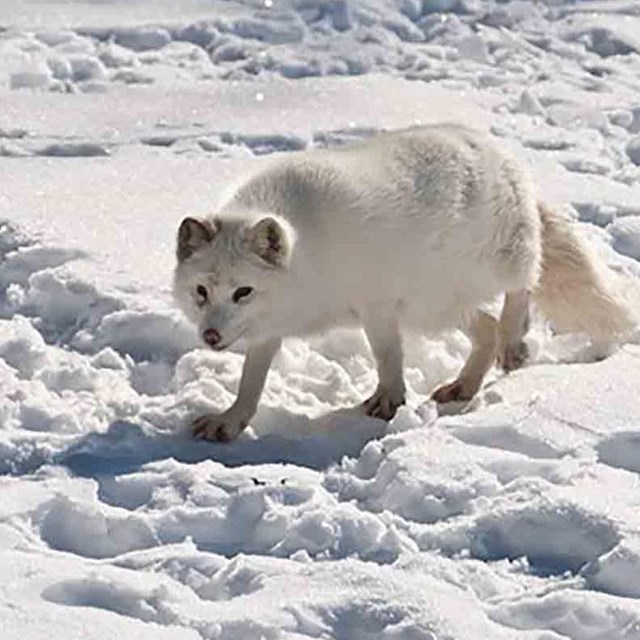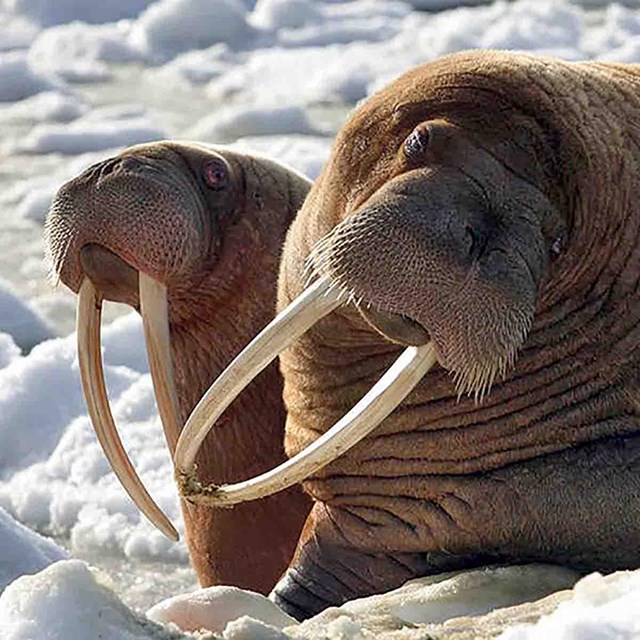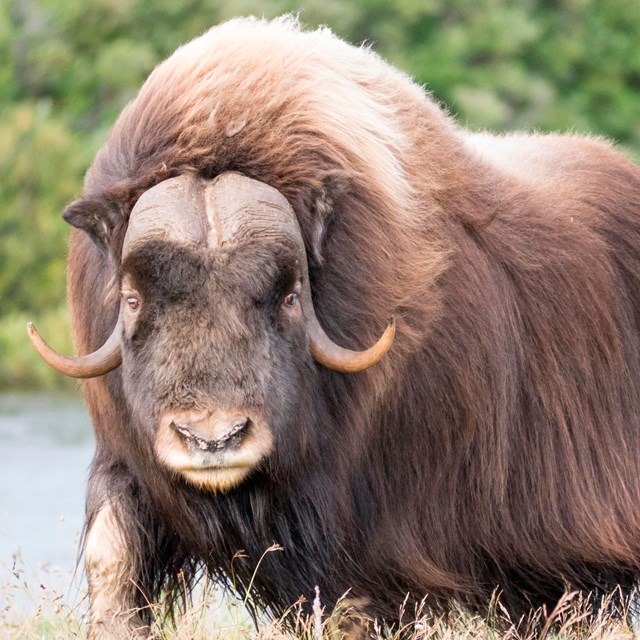Adaptations of Arctic Animals for Survival

Arctic animals have evolved a variety of adaptations that enable them to thrive in one of the most extreme environments on Earth. These adaptations can be broadly categorized into physiological, behavioral, and structural traits that help them survive the harsh cold, food scarcity, and the unique challenges of their habitat.
Physiological Adaptations
Insulation and Body Fat
Many Arctic animals possess thick layers of fur and body fat that provide insulation against the extreme cold. For example, polar bears have a dual-layered coat that comprises a thick outer layer of fat and dense fur, which prevents almost all heat loss and regulates their body temperature, even in frigid conditions that can drop to -46°C (-50°F)[8]. Similarly, musk oxen are equipped with a dense coat made up of qiviut, an ultra-warm undercoat, which is highly valued for its insulating properties[12].
Antifreeze Proteins and Supercooling

Some species, such as the Antarctic icefish, have developed unique adaptations like antifreeze proteins in their blood that prevent ice crystals from forming, allowing them to survive in freezing waters. Additionally, Arctic ground squirrels can enter a state known as supercooling, where their body temperatures drop below freezing for extended periods during hibernation without sustaining tissue damage[7].
Behavioral Adaptations
Hibernation

Hibernation is another crucial adaptation that allows certain Arctic species, like ground squirrels and polar bears, to conserve energy during the cold months. Ground squirrels can hibernate for up to eight months, reducing their metabolic rate significantly during this period[2]. Pregnant polar bears hibernate in dens to give birth while conserving energy and protecting their cubs during their vulnerable early months[6].
Group Behavior

Behavioral adaptations also play a role in survival. Arctic hares, for instance, huddle together in large groups during the cold to share warmth and protect one another from predators[4]. Similarly, many birds and marine mammals, including whales, migrate to take advantage of seasonal food sources and warmer conditions, demonstrating their ability to adapt to changing environmental demands[6].
Structural Adaptations
Coloration and Camouflage

The coloration of Arctic animals provides effective camouflage against the snowy landscape. For instance, the Arctic fox has fur that changes color with the seasons, turning white in the winter to blend with the snow and brown in summer to match the tundra[9]. This adaptation helps them hunt effectively and avoid predators.
Specialized Features

Animals like the walrus possess specialized features such as large tusks that assist in foraging and hauling themselves onto ice, while their sensitive whiskers help them locate invertebrates beneath the sea ice[1]. Polar bears have large, furry feet that aid in walking on ice and swimming, with their paw structure optimized for movement in their cold habitat[8]. In addition, adaptations like smaller ears and tails are prevalent among many species, including the Arctic fox, reducing heat loss and preventing frostbite[5].
Body Shape

According to Allen’s Rule, animals in colder climates tend to have stockier bodies with shorter extremities to reduce heat loss[10]. Arctic animals often exhibit this principle, leading to overall forms that enable them to conserve body heat more effectively.
Challenges Faced
Despite these remarkable adaptations, Arctic animals face significant threats, especially from climate change. Global warming is drastically altering the ice and snow conditions that these animals depend on, posing a serious risk to their survival[3]. As the ice melts and temperatures rise, the delicate balance of their ecosystem is disrupted, highlighting the vulnerability of these well-adapted creatures in the face of rapid environmental change.
Conclusion
Arctic animals have developed an incredible array of adaptations that allow them to endure and thrive in one of the harshest climates on the planet. From physiological traits such as insulation and antifreeze proteins to behavioral strategies like hibernation and group living, these adaptations are crucial for their survival amid the challenges posed by their environment and ongoing climate change. As we continue to study and understand these unique adaptations, it becomes increasingly vital to protect the habitats that sustain these extraordinary creatures.
Get more accurate answers with Super Pandi, upload files, personalized discovery feed, save searches and contribute to the PandiPedia.
Let's look at alternatives:
- Modify the query.
- Start a new thread.
- Remove sources (if manually added).